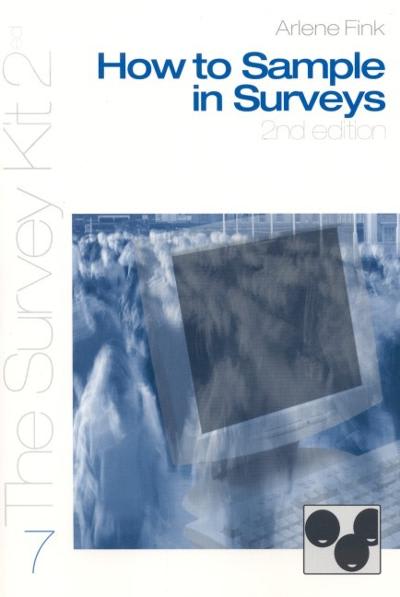Question
Using the following referral case study, develop and outline a comprehensive functional behavioral assessment report. The specific objective of your functional behavioral assessment report is
Using the following referral case study, develop and outline a comprehensive functional behavioral assessment report. The specific objective of your functional behavioral assessment report is to demonstrate synthesis of the course material related to FBA's as they have been presented in the course. The FBA Report should be specifically related to the case scenario.
Scenario
Johnny is a six-year-old child with autism. His communication skills are significantly deficient, and he demonstrates a wide variety of problem behaviors. Most concerning is the tendency for him to demonstrate self-injurious behavior that has recently increased in frequency and intensity. An emergency room visit was necessitated by a recent incident of this behavior. Some of Johnny's more intense characteristics related to autism spectrum disorders include repetitive and ritualistic behavior patterns and an apparent need to collect and acquire a variety of specific tangible items, such as Hot Wheels cars and Legos. Johnny is generally only "well behaved" when access to these items is free and frequent.
Functional Behavior Assessment Report for Johnny
Identifying Information:
Name of Client:
Age/Date of Birth:
Parent's names:
School:
Date of Report:
Reasons for Referral
Should include discussion of why referral for services is being made. Should include discussion of presenting problems/behavioral concerns.
Relevant Background Information
Should include hypothetical discussion of client's history including family history/background, prior evaluations conducted, history of problem behavior, and current concerns. Creativity should be used here to add to the current scenario.
Description of Evaluation Procedures
Indirect Assessment
List indirect FBA methods that were used and provide a discussion of each method, including the purpose of each and the type of information each was designed to gather in relation to the case scenario. Include discussion of how each of the indirect methods was carried out during the assessment process.
Direct Descriptive Assessment
List direct FBA methods that were used and provide a discussion of each method, including the purpose of each and the type of information each was designed to gather in relation to the case scenario. Include discussion of how each of the direct methods was carried out during the assessment process (observational data can be included here).
Behavior(s) Requiring Intervention
: Discuss the target behavior and give an operational definition for each one.
Current Level of Occurrence
: Discuss the baseline data of the target behavior (how frequently the behavior is occurring) and include other dimensions of behavior as needed.
Hypothesized Function
: Discuss the results of each of the indirect and direct assessment procedures, including antecedent (SD, MO) and consequence variables that impact the behavior in the scenario.
Indicate the hypothesis of the function (positive, negative, or automatic reinforcement) of each problem behavior.
Intervention Recommendations
Antecedent Recommendations
Discuss recommendations for interventions that can be utilized to modify the environment to reduce or eliminate the variables that serve to trigger the problem behaviors identified in the scenario.
Replacement Behavior Recommendations
Discuss strategies to be utilized to teach and increase behaviors that will serve to replace the problem behaviors identified in the scenario.
Reaction Procedure Recommendations
Discuss procedures to be implemented when the problem behaviors occur.
Progress Monitoring and Behavioral Consultation
Discuss how data collection tools will be used to continue to monitor response to intervention strategies and overall progress.
References
Mark W. Steege, Jamie L. Pratt, Garry Wickerd, Richard Guare, & T. Steuart Watson. (2019). Conducting School-Based Functional Behavioral Assessments: A Practitioner's Guide. The Guilford Press.
https://viewer.ebscohost.com/EbscoViewerService/ebook?an=1892660&callbackUrl=https%3a%2f%2fresearch.ebsco.com&db=nlebk&format=EB&profId=eds&lpid=&ppid=&lang=en&location=https%3a%2f%2fresearch.ebsco.com%2fc%2fbabias%2fdetails%2fk4aedeeta5&isPLink=False&requestContext=&profileIdentifier=babias&recordId=k4aedeeta5
Cooper, J. O., Heron, T. E., & Heward, W. L. (2019). Applied Behavior Analysis (3rd ed.). Pearson Education (US). https://purdueuniversityglobal.vitalsource.com/books/9780134798769
Step by Step Solution
There are 3 Steps involved in it
Step: 1

Get Instant Access to Expert-Tailored Solutions
See step-by-step solutions with expert insights and AI powered tools for academic success
Step: 2

Step: 3

Ace Your Homework with AI
Get the answers you need in no time with our AI-driven, step-by-step assistance
Get Started


